Home>Home Maintenance>How Deep Should Garden Drainage Be
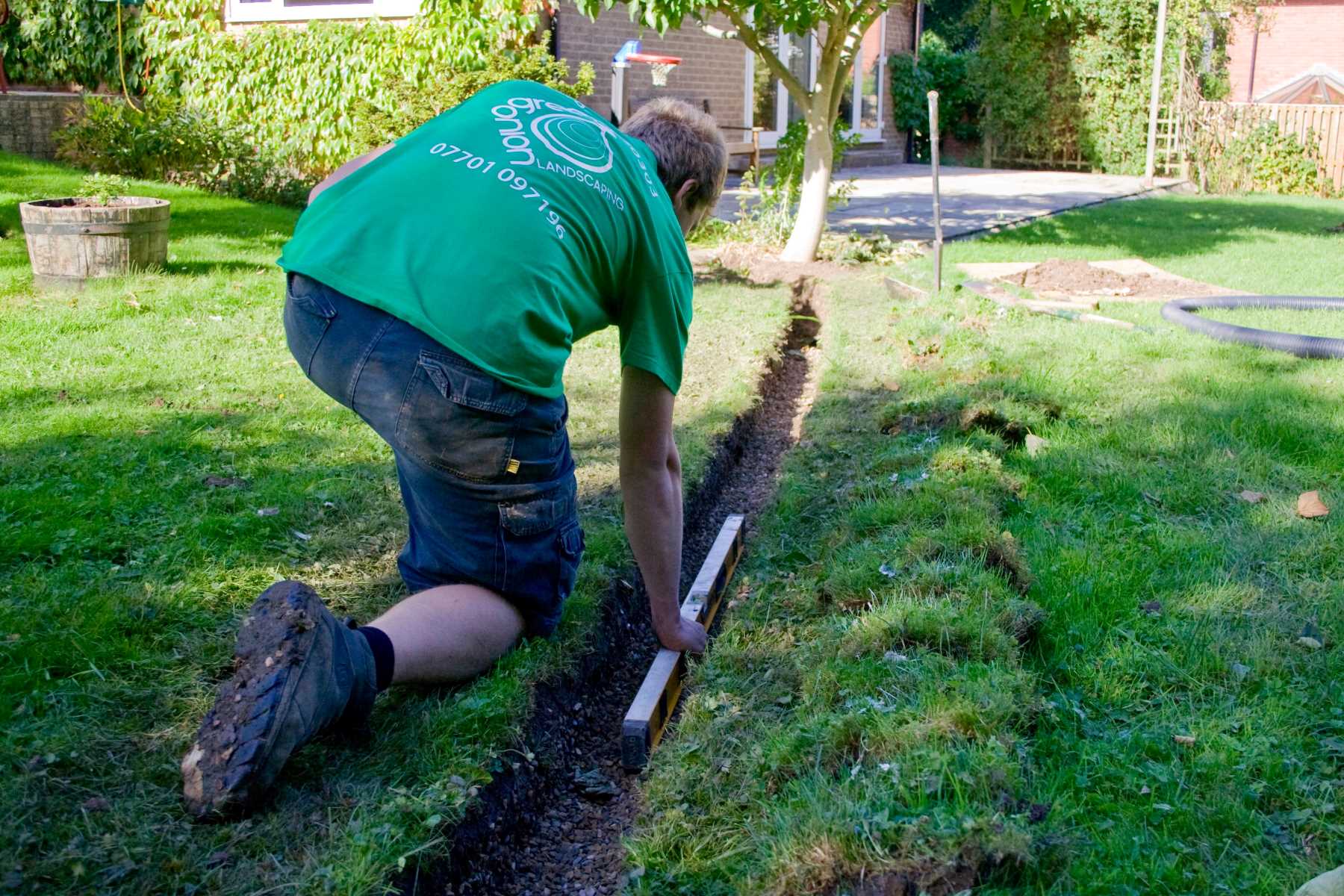

Home Maintenance
How Deep Should Garden Drainage Be
Modified: March 24, 2024
Improve your home maintenance by learning the ideal depth for garden drainage. Protect your plants and prevent waterlogging with proper garden drainage techniques.
(Many of the links in this article redirect to a specific reviewed product. Your purchase of these products through affiliate links helps to generate commission for Storables.com, at no extra cost. Learn more)
Introduction
Welcome to the world of gardening! Whether you’re a seasoned gardener or just starting out, one of the key factors to consider for a successful garden is proper drainage. Adequate drainage is essential for maintaining healthy plants and preventing waterlogged soil, which can lead to root rot and other issues. In this article, we will delve into the importance of garden drainage and explore the ideal depth for optimal results.
When it comes to gardening, water is both a friend and a foe. While plants require water to thrive, excessive moisture can be detrimental to their health. Poor drainage can cause water to accumulate around the roots, suffocating them and preventing necessary oxygen penetration. This can lead to wilting, nutrient deficiencies, and even plant death.
Additionally, waterlogged soil can create a breeding ground for harmful fungi and bacteria, causing diseases that can quickly spread throughout your garden. By ensuring proper drainage, you can create a healthier environment for your plants and minimize the risk of these issues.
When considering garden drainage, several factors need to be taken into account. Soil composition, slope, and climate are all crucial elements that influence drainage requirements. Some soils, such as clay, have a higher water-holding capacity and may require extra attention to prevent stagnation. Similarly, if your garden is located on a slope, water runoff needs to be carefully managed to prevent erosion and water pooling.
Key Takeaways:
- Proper garden drainage is crucial for healthy plants, preventing root rot, and minimizing soil erosion. Factors like soil type and climate influence the ideal drainage depth.
- Techniques like adding organic matter, creating raised beds, and using proper irrigation practices can improve garden drainage. Regular monitoring and maintenance are essential for optimal plant health.
Read more: How Deep Should My Garden Bed Be
Why Garden Drainage is Important
Garden drainage plays a vital role in the overall health and success of your plants. Here are some key reasons why proper drainage is crucial:
- Prevents waterlogged soil: Excess water can fill up the pore spaces in the soil, displacing essential oxygen and suffocating the roots. By ensuring good drainage, you allow excess water to move away from the roots and prevent waterlogging.
- Prevents root rot: When soil remains constantly wet, it creates an environment conducive to the growth of root rot-causing fungi. These pathogens attack the roots, leading to decay, nutrient imbalances, and stunted growth. Adequate drainage helps prevent the onset of root rot.
- Encourages root development: Proper drainage allows roots to grow freely and establish a healthy root system. When water drains away, roots can access oxygen and nutrients more effectively, promoting their growth and overall plant health.
- Minimizes soil erosion: Insufficient drainage can result in soil erosion, especially on sloped landscapes. This erosion can wash away topsoil, which is rich in nutrients and essential for plant growth. Good garden drainage helps retain valuable topsoil and prevents erosion.
- Prevents water-borne diseases: Excessive moisture in the soil can create a breeding ground for harmful bacteria, fungi, and pests. These pathogens can cause diseases that rapidly spread through the garden, damaging or killing plants. Proper drainage helps minimize the risk of water-borne diseases.
- Improves nutrient uptake: When soil is well-drained, it allows for better nutrient absorption by the roots. Adequate drainage helps nutrients to reach the root zone, providing plants with the necessary fuel for healthy growth and development.
In summary, good garden drainage is essential for maintaining healthy plants, preventing root rot, minimizing soil erosion, and promoting overall garden success. It is a fundamental aspect to consider when planning and caring for your garden.
Factors to Consider for Garden Drainage Depth
When determining the ideal depth for your garden drainage, several factors need to be taken into consideration. Understanding these factors will help you make informed decisions and ensure effective drainage in your garden.
- Soil composition: The type of soil in your garden plays a significant role in drainage needs. Clay soils have smaller particles and tend to hold water, requiring deeper drainage systems to prevent waterlogging. Sandy soils, on the other hand, have larger particles and drain more quickly, needing a shallower drainage depth.
- Slope of the landscape: If your garden is located on a slope, proper drainage becomes crucial to prevent water pooling and erosion. In such cases, the drainage depth may need to vary across the different areas of your garden. The depth should be adjusted to ensure water moves away from slopes and does not accumulate in lower-lying areas.
- Rainfall and climate: The amount and frequency of rainfall in your region will influence your drainage needs. Areas with heavy rainfall may require deeper drainage to handle excess water. Similarly, areas with prolonged periods of high humidity may benefit from a deeper drainage system to prevent moisture buildup.
- Plant water requirements: Different plants have varying water needs. Some plants prefer moist soil, while others thrive in drier conditions. Consider the water requirements of the plants in your garden when determining the drainage depth. This will ensure that the soil is adequately moist without becoming waterlogged.
- Existing drainage infrastructure: If your garden already has a drainage system in place, take it into account when determining the depth. The existing infrastructure may need to be inspected and possibly updated to ensure optimal drainage performance.
- Garden layout and design: The layout and design of your garden can also impact drainage requirements. Raised beds, for example, may not need as deep of a drainage depth compared to ground-level gardens. The presence of hardscaping elements or areas with compacted soil may also affect drainage needs.
By considering these factors, you can determine the ideal depth for your garden drainage. It is important to remember that drainage needs may differ from one garden to another, so it is essential to assess your specific situation to ensure proper drainage and the healthy growth of your plants.
Ensure that garden drainage is at least 6-8 inches deep to prevent waterlogging and root rot. Use a combination of gravel, sand, and topsoil for effective drainage.
Ideal Depth for Garden Drainage
The ideal depth for garden drainage will depend on a variety of factors, as mentioned earlier. However, there are some general guidelines that can help you determine the appropriate depth for your garden drainage system.
For most gardens, a depth of 12 to 18 inches (30 to 45 cm) is considered suitable for drainage. This depth allows for effective water removal without compromising the stability of the soil or interfering with the roots of plants.
In areas with heavy clay soils or high rainfall, you may need to increase the drainage depth to 24 inches (60 cm) or more. This extra depth helps prevent waterlogging and ensures that excess water is adequately removed from the root zone.
On the other hand, in sandy soils or areas with low rainfall, a depth of 6 to 12 inches (15 to 30 cm) may be sufficient. The aim is to create a well-drained environment while avoiding excessive drainage that could result in the rapid loss of moisture.
It’s important to note that the depth of your drainage system should not be the same across your entire garden. Different areas may have varying drainage needs based on factors such as slope, soil composition, and plant water requirements.
Additionally, the design of your drainage system can also affect the effectiveness of drainage. Using perforated pipes, gravel-filled trenches, or French drains can help facilitate water movement and enhance drainage efficiency.
When installing the drainage system, it’s crucial to ensure that the drainpipes slope away from the garden to direct water away from the root zone. A slope of at least 1/8 to 1/4 inch per linear foot is generally recommended for adequate water flow.
Ultimately, the ideal depth for your garden drainage system will depend on the specific factors unique to your garden. Taking into account factors such as soil composition, slope, rainfall, and plant water requirements will help you determine the perfect depth for effective and efficient drainage.
Consulting with a professional landscaper or garden designer can also provide valuable insights and guidance tailored to your specific garden’s needs.
Techniques for Improving Garden Drainage
If you’re facing drainage issues in your garden, there are several techniques you can employ to improve the drainage and create a healthier environment for your plants. Here are some effective techniques to consider:
- Amending the soil: If your soil has poor drainage, amending it with organic matter can significantly improve its drainage capacity. Adding compost, well-rotted manure, or coarse sand can help break up compacted soil, increase pore space, and enhance water movement.
- Creating raised beds: Raised beds offer improved drainage by lifting the planting area above the ground level. This allows excess water to drain more freely and prevents waterlogging. Raised beds can be constructed using various materials such as wood, brick, or concrete blocks.
- Installing drainpipes or perforated pipes: Incorporating drainpipes or perforated pipes into your garden can help channel excess water away from the root zone. These pipes can be laid in trenches filled with gravel, which aids in water movement and prevents clogging.
- Constructing French drains: French drains are trenches filled with gravel or stones, topped with a layer of permeable landscape fabric. They are designed to intercept excess water and divert it away from the garden. French drains are particularly effective for sloping areas or places where water tends to accumulate.
- Adding drainage gravel: A layer of drainage gravel at the bottom of planting holes or containers can improve soil drainage. The gravel acts as a reservoir, allowing excess water to accumulate and drain away from plant roots.
- Implementing proper irrigation practices: Overwatering can exacerbate drainage problems, so it’s essential to follow proper irrigation practices. Water deeply but infrequently, allowing the soil to dry out between watering sessions. This encourages plants to develop deeper root systems, promoting better drainage.
- Using raised planters or containers: Planting in raised planters or containers with drainage holes can help enhance drainage. Ensure that excess water can freely escape through the drainage holes, preventing waterlogging.
- Adjusting the slope and grading: Modifying the slope and grading of your garden can facilitate better drainage. Ensuring that the land slopes away from the house or lower areas of the garden allows gravity to naturally direct water away from the planting areas.
When implementing these techniques, it’s important to consider the specific needs and conditions of your garden. Assess the soil type, landscape slope, and plant requirements to determine the most effective methods for improving drainage.
Remember to monitor your garden closely and make adjustments as needed. Regular observation and maintenance will help ensure optimal drainage and the long-term health of your plants.
Conclusion
Garden drainage is a vital aspect of maintaining a healthy and thriving garden. By ensuring proper drainage, you can prevent waterlogging, root rot, soil erosion, and the spread of water-borne diseases. Understanding the factors that influence drainage depth and employing the right techniques can make a significant difference in the overall health of your plants.
Factors such as soil composition, slope, climate, and plant water requirements should be considered when determining the ideal depth for garden drainage. While a depth of 12 to 18 inches is generally recommended, it can vary based on specific conditions.
Techniques such as amending the soil with organic matter, creating raised beds, installing drainpipes or French drains, and using proper irrigation practices can all contribute to improving garden drainage. These techniques help enhance water movement, prevent waterlogging, and promote a healthier growing environment for your plants.
It’s important to remember that garden drainage is not a one-size-fits-all solution. Each garden is unique, and different areas within the garden may have varying drainage needs. Regular monitoring and maintenance will help you identify and address any drainage issues that may arise.
Consulting with a professional landscaper or garden designer can provide valuable guidance and expertise tailored to your specific garden’s needs. They can offer personalized recommendations and help you create a well-drained garden that fosters healthy growth and thriving plants.
Remember, proper garden drainage is essential for maintaining a beautiful and flourishing garden. By implementing the right techniques and paying attention to your garden’s unique characteristics, you can create an environment that supports the growth and vitality of your plants for years to come.
Frequently Asked Questions about How Deep Should Garden Drainage Be
Was this page helpful?
At Storables.com, we guarantee accurate and reliable information. Our content, validated by Expert Board Contributors, is crafted following stringent Editorial Policies. We're committed to providing you with well-researched, expert-backed insights for all your informational needs.
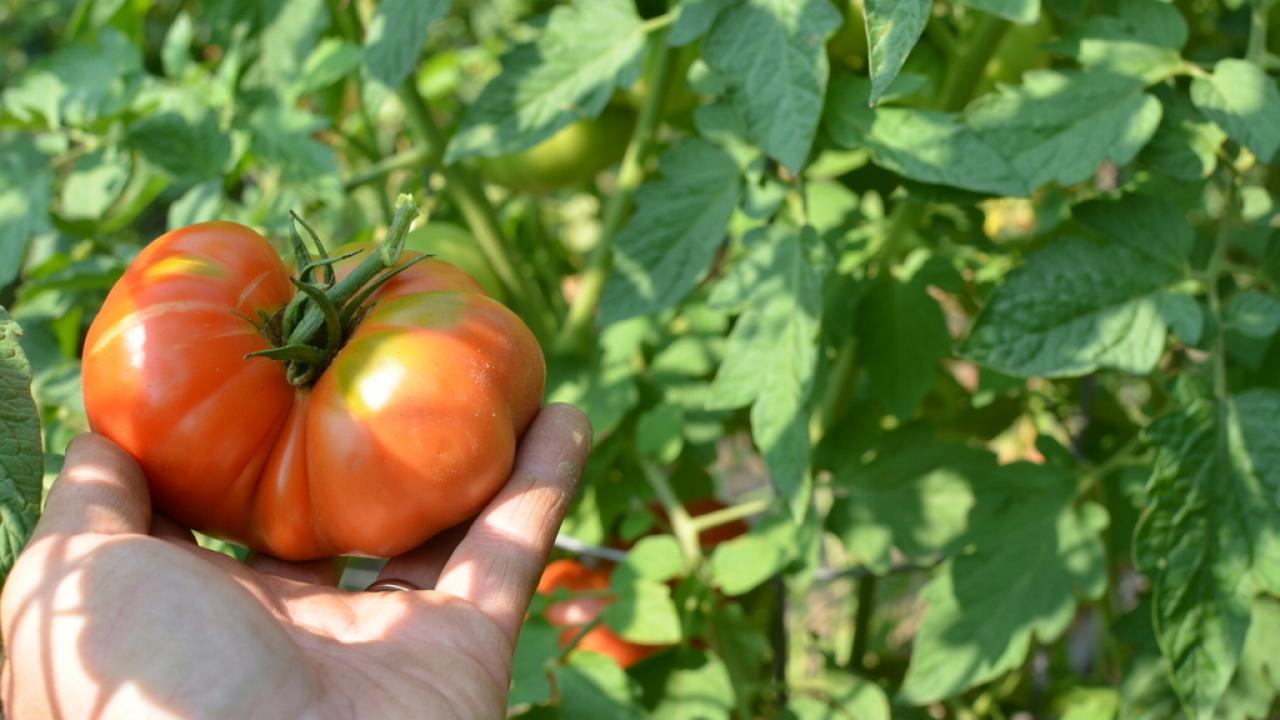
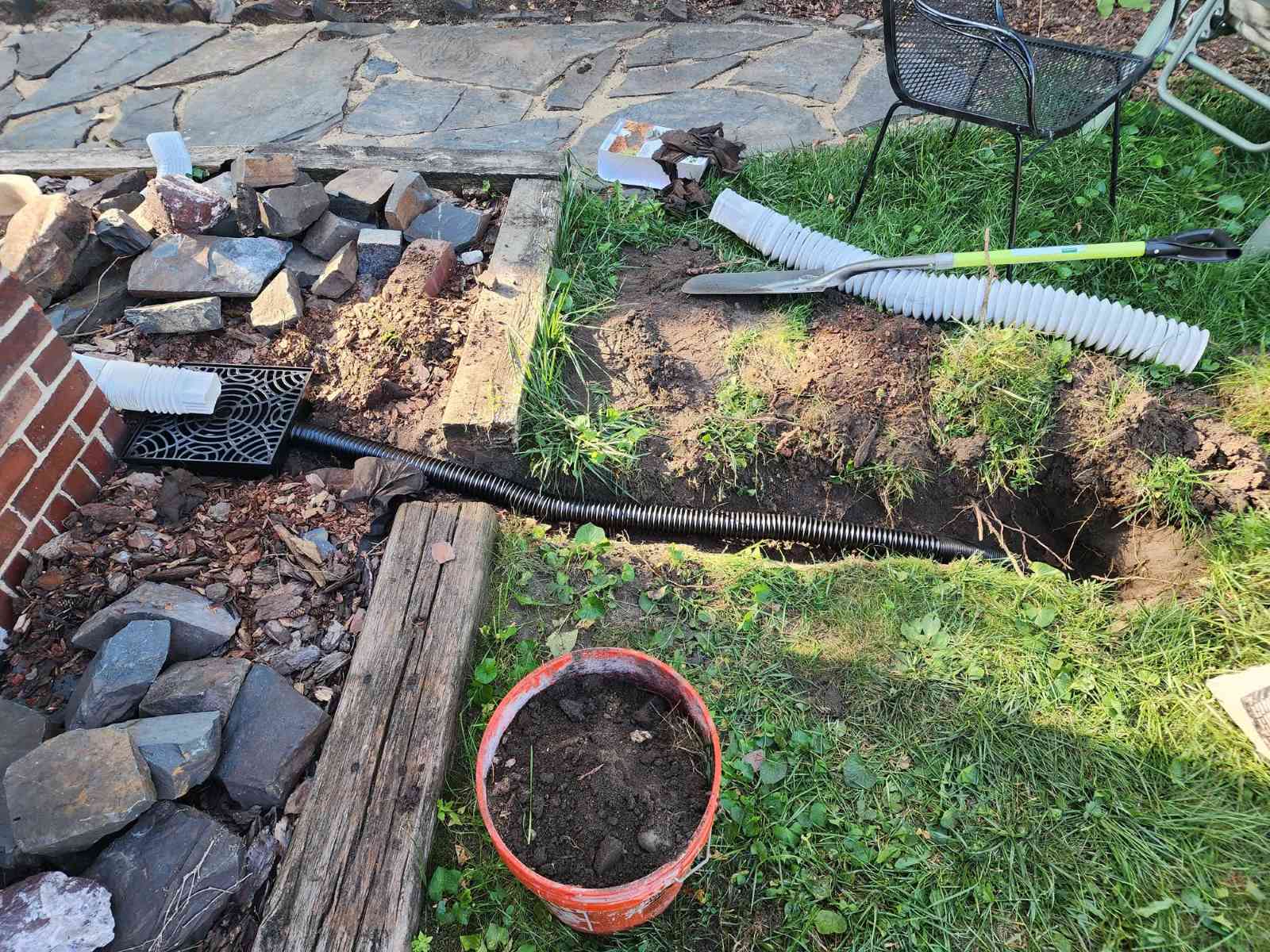

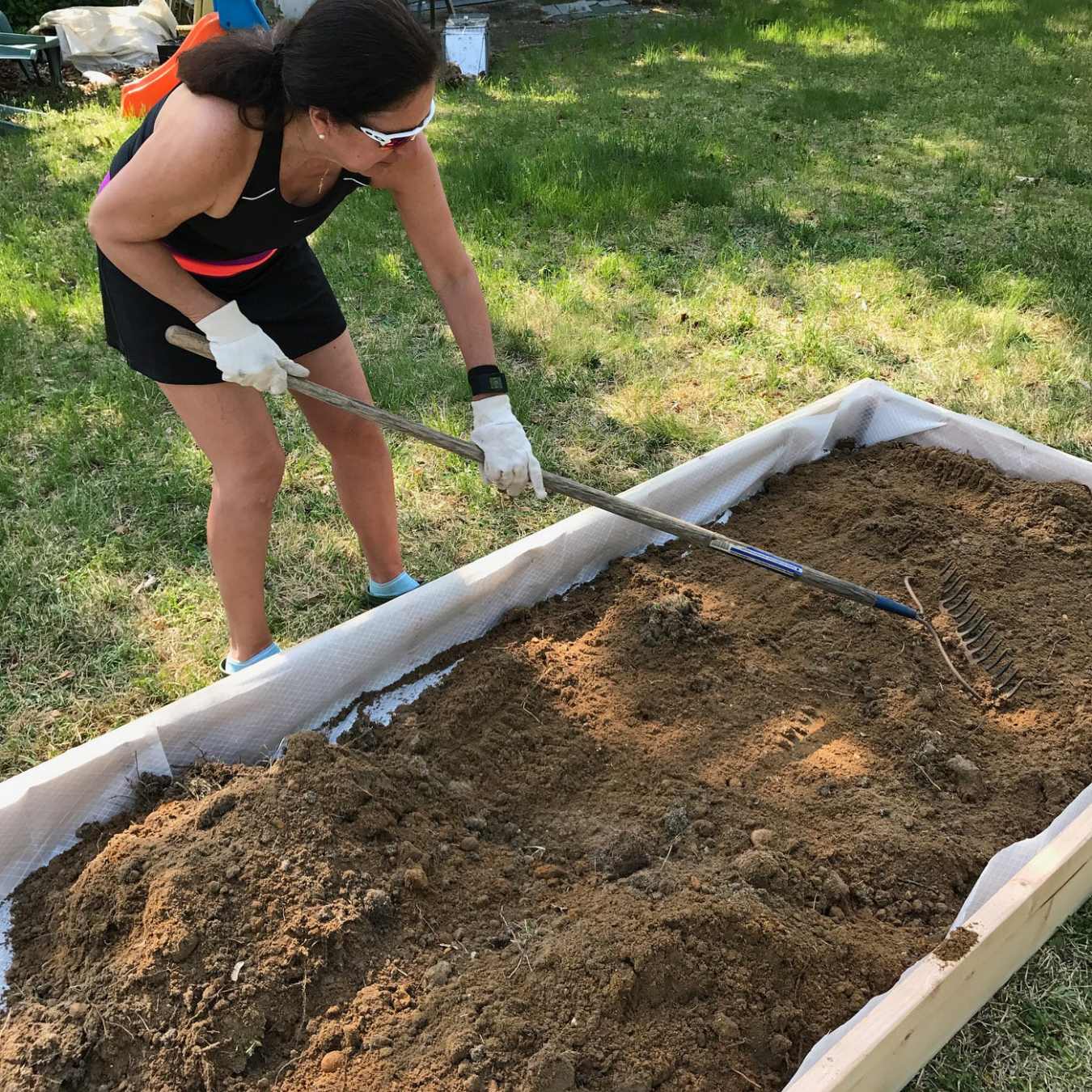

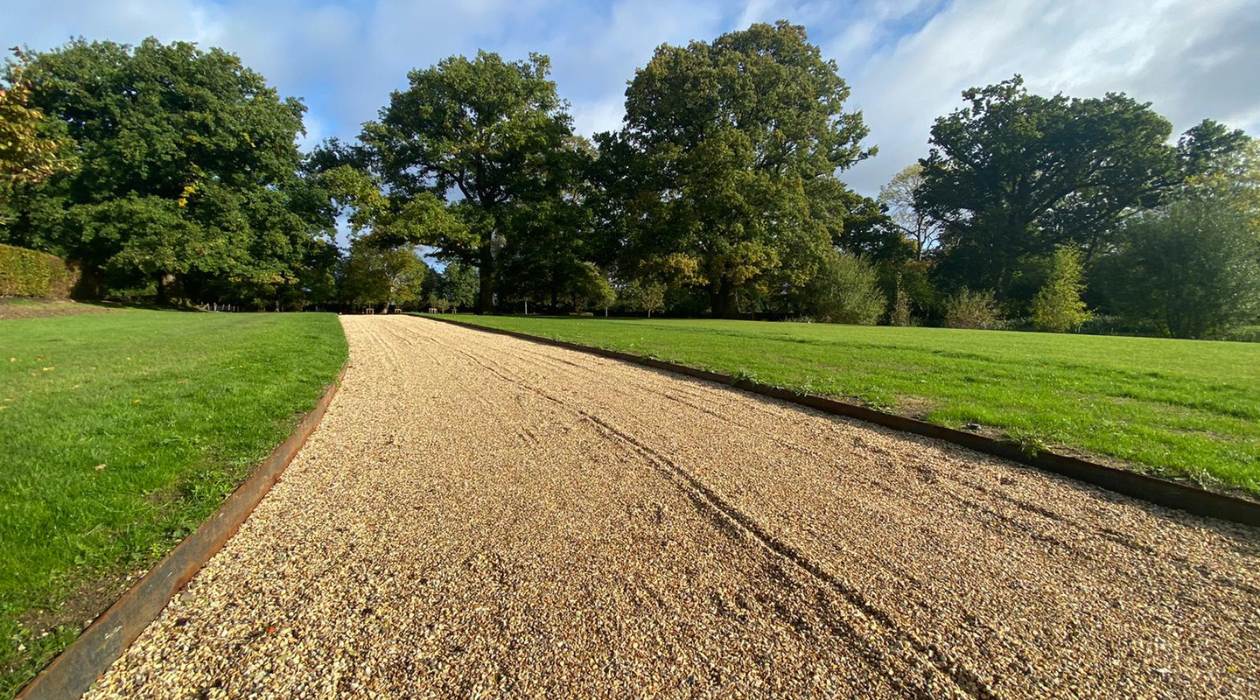
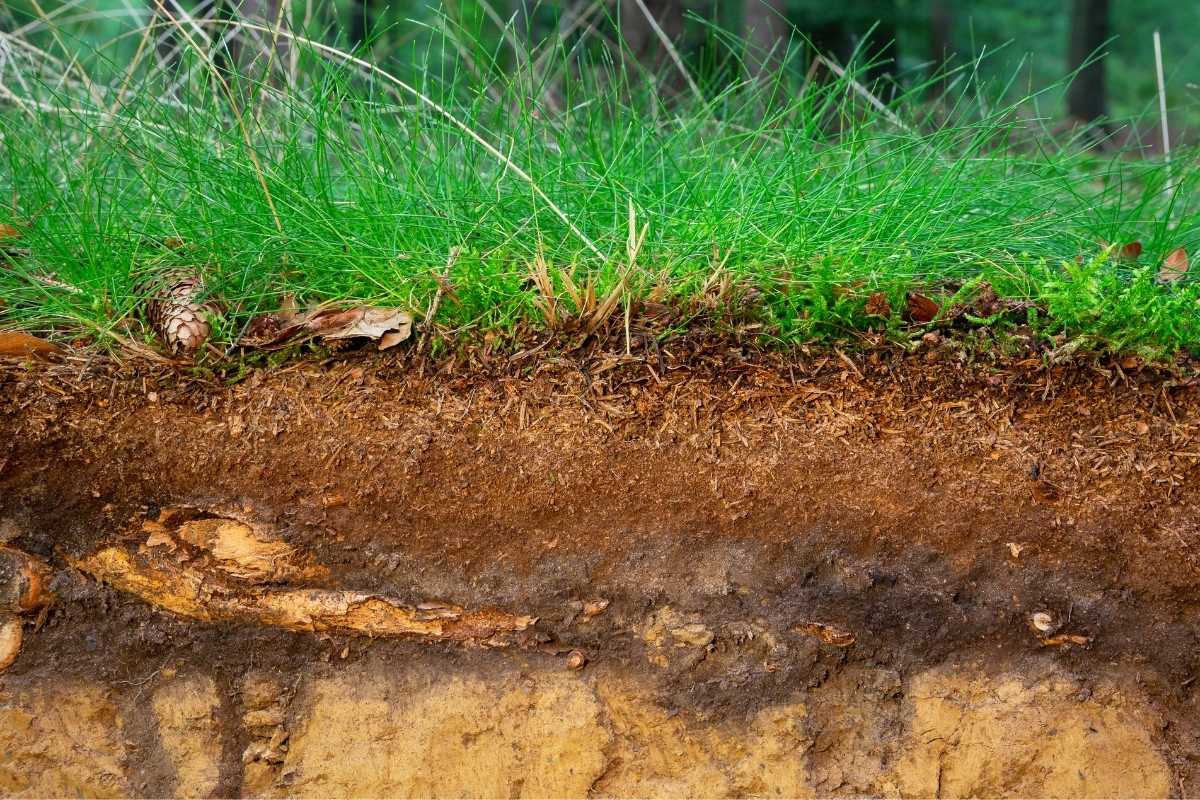
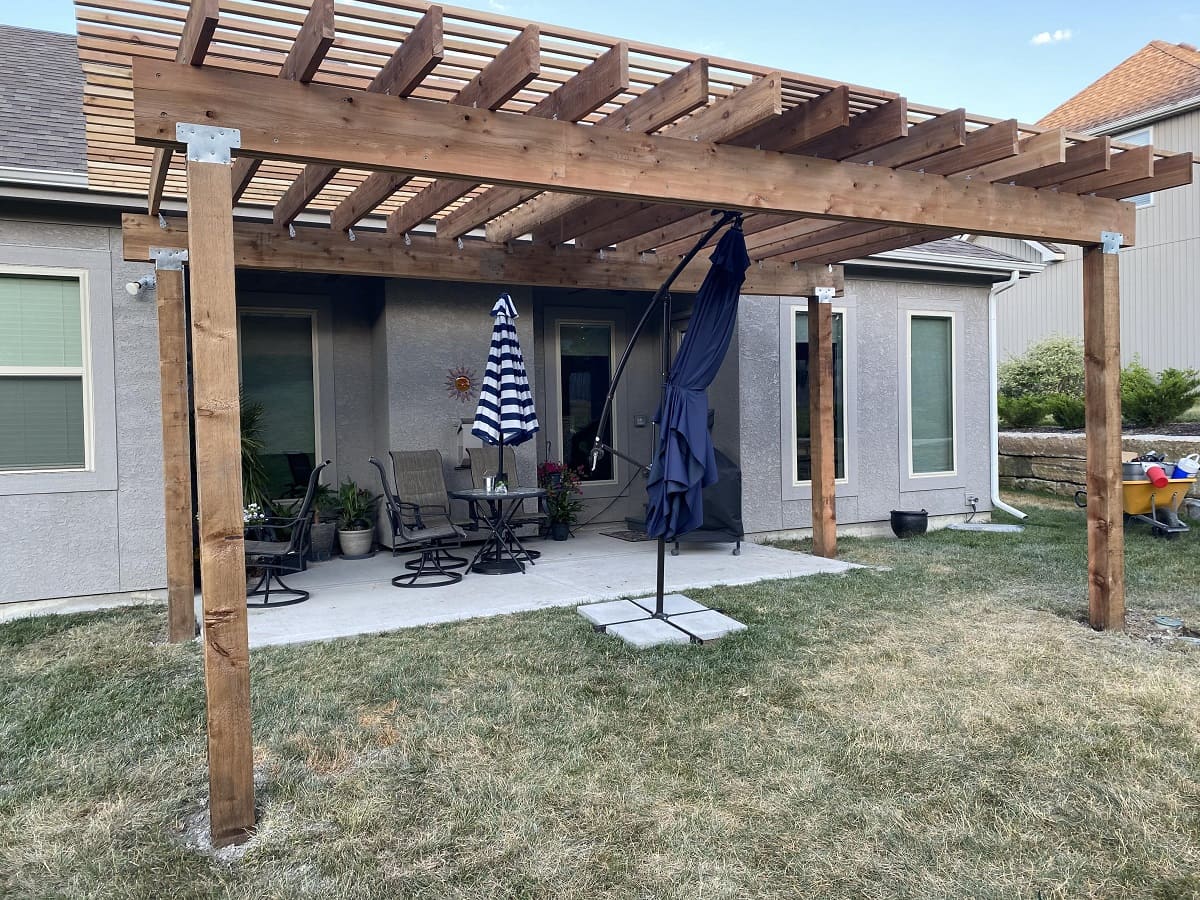
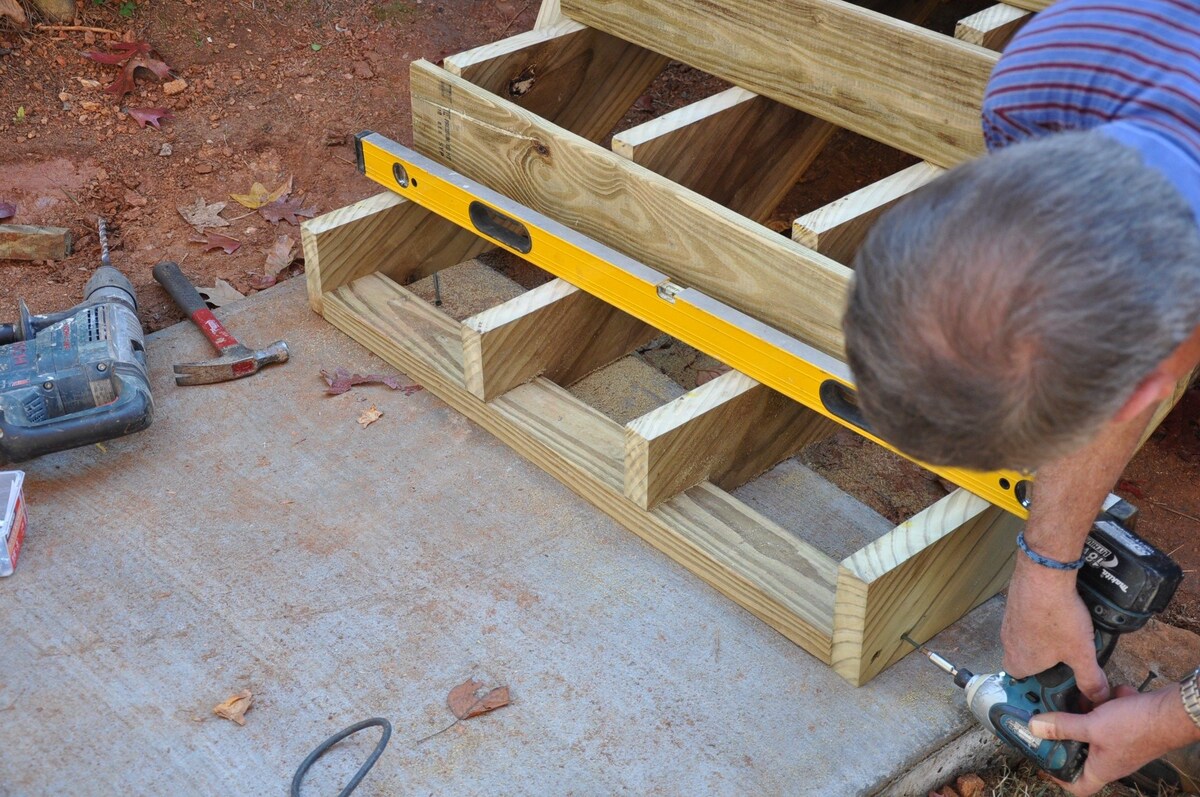
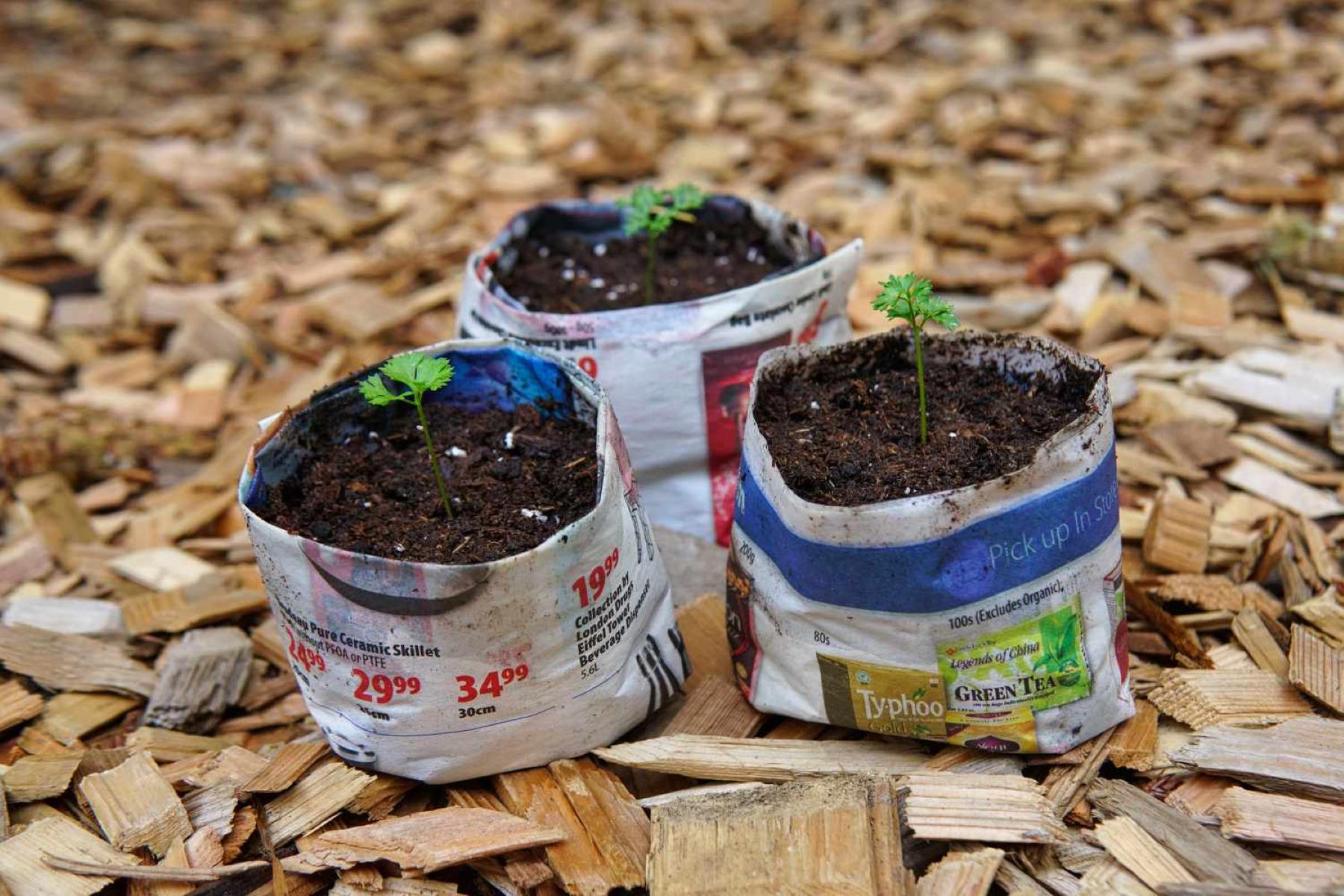
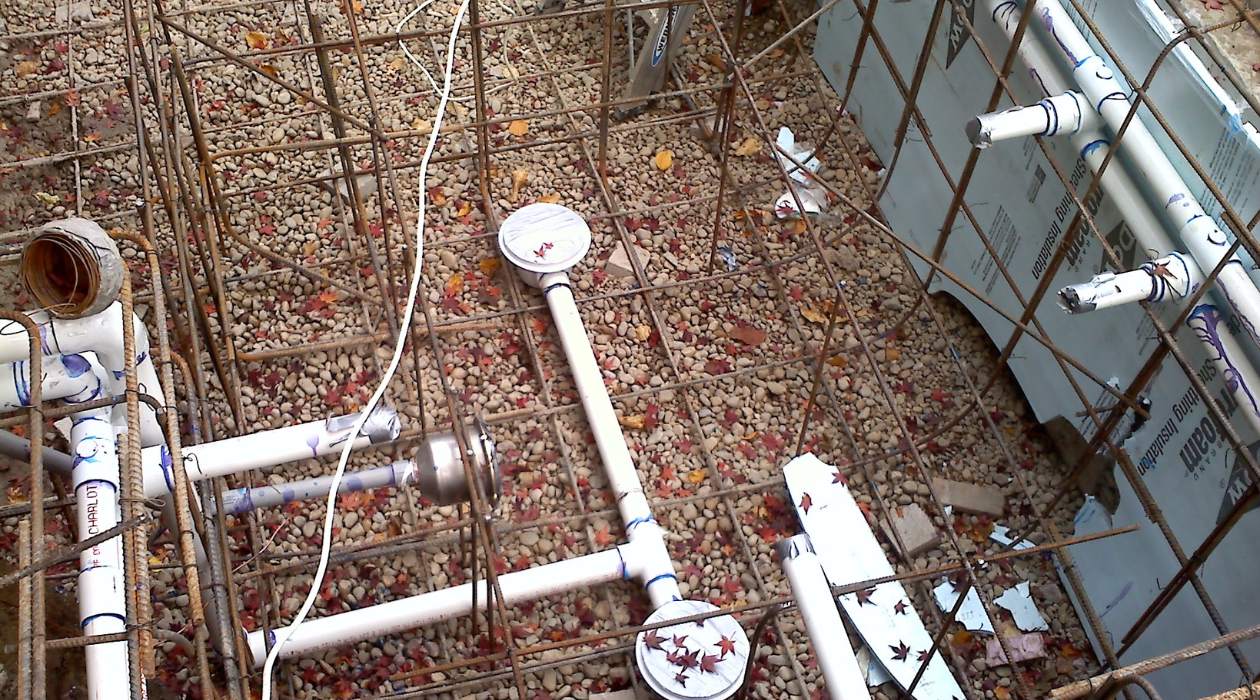
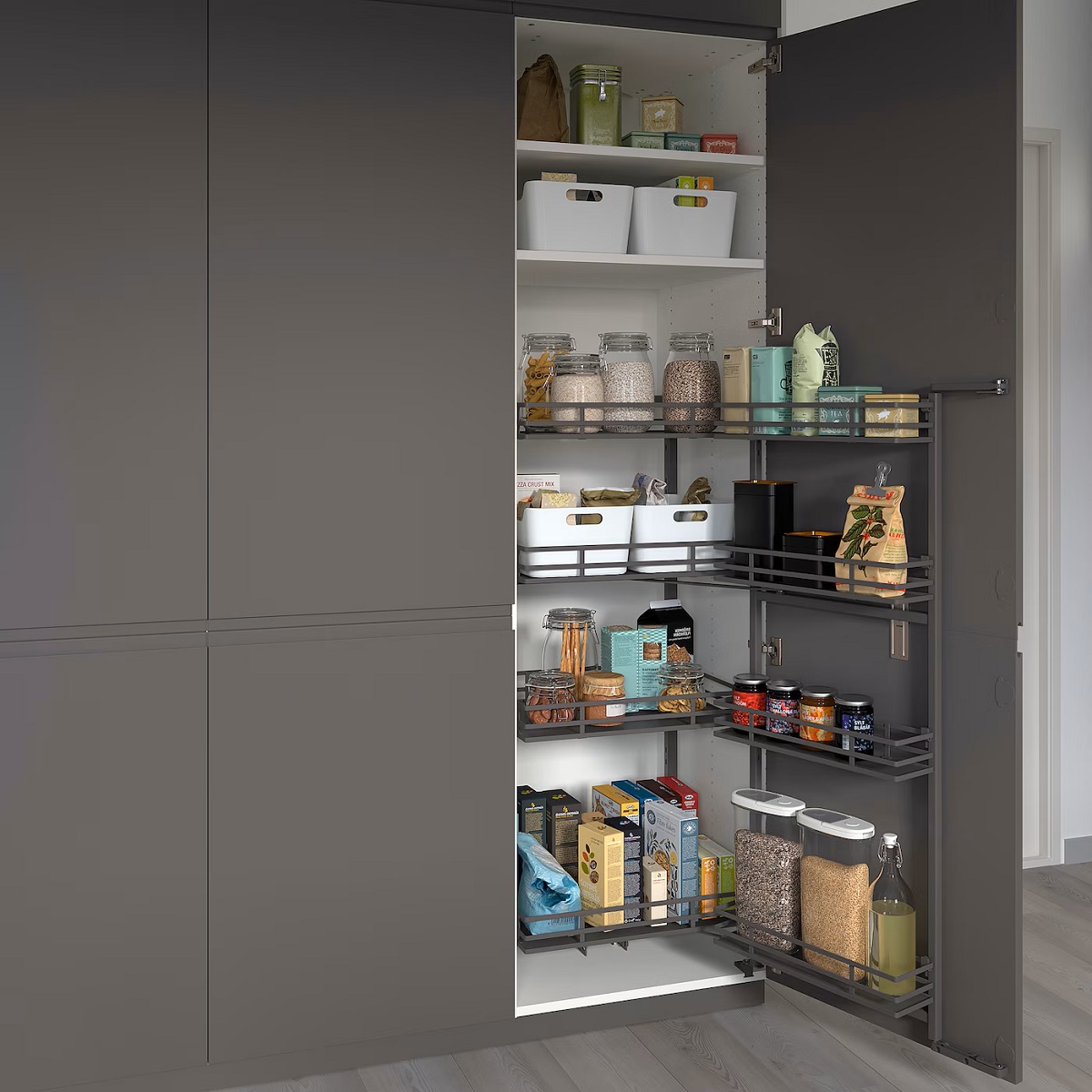

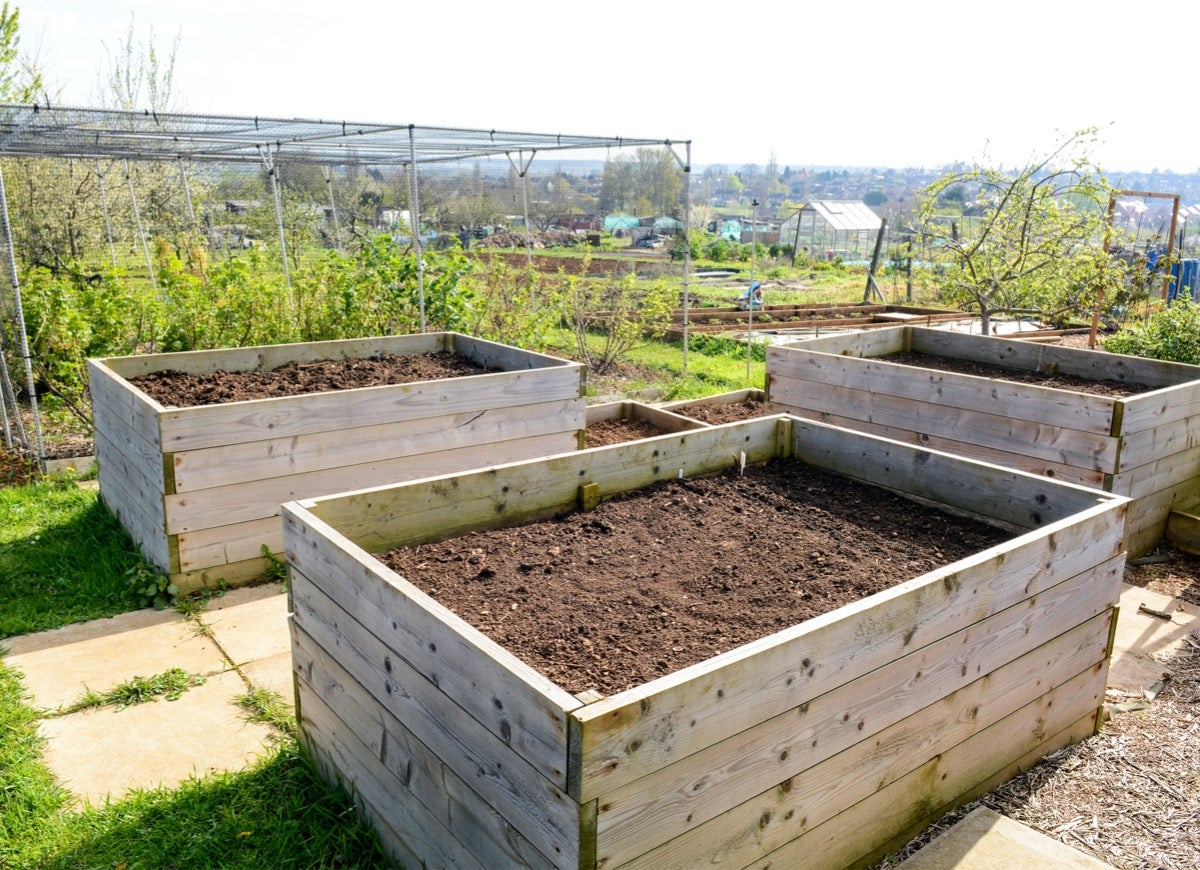

0 thoughts on “How Deep Should Garden Drainage Be”